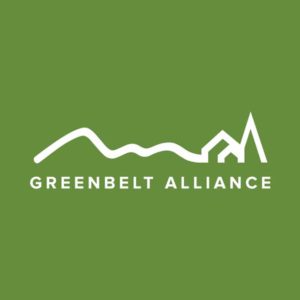Keeping the San Francisco Bay Area’s agriculture competitive and economically viable is a vital challenge we face. From 1984 to 2008, the Bay Area lost over 200,000 acres of agricultural land to development including 12% of its total cropland and a disproportionate 18% of its prime cropland. As a result, agricultural production value declined 11% over that 18-year period. The Bay Area Agricultural Sustainability Project — a collaboration between Greenbelt Alliance, Sustainable Agriculture Education (SAGE), and American Farmland Trust – released those findings after assessing the state of farming and ranching in the region.
In March, Policy Director Stephanie Reyes, Campaigns Director Melissa Hippard, and Executive Director Jeremy Madsen met with government officials and leaders from around the region to discuss the findings of the report, Sustaining Our Agricultural Bounty, the culmination of the year-long sustainability project.
To accommodate the region’s expected growth, strong land-use policies are needed to not only protect agricultural land, but also to foster an environment that allows local farms to succeed. Bay Area farms, most of which are small operations, must overcome unique disadvantages that their rural counterparts may not have to face. These challenges include development pressures, escalating land values, competition for water, lack of local distribution infrastructure, and regulations on value-added production (e.g. making grapes into wine). However, the Bay Area also has its advantages. Local farms can benefit from their proximity to seven million potential customers as well as the region’s growing demand for local and sustainable food.
The report found an industry that struggles to compete in the global marketplace, but thrives when taking advantage of regional and local markets for food and agritourism. Moving forward, the Bay Area must transform its regional agricultural sustainability strategy to take advantage of and expand these markets. Conserving land, regional marketing, evaluating agricultural needs, and linking farmers with urban consumers will be vital to the sustenance of Bay Area agriculture.
To find a county-by-county assessment of farmland challenges and opportunities, read the complete report here.





